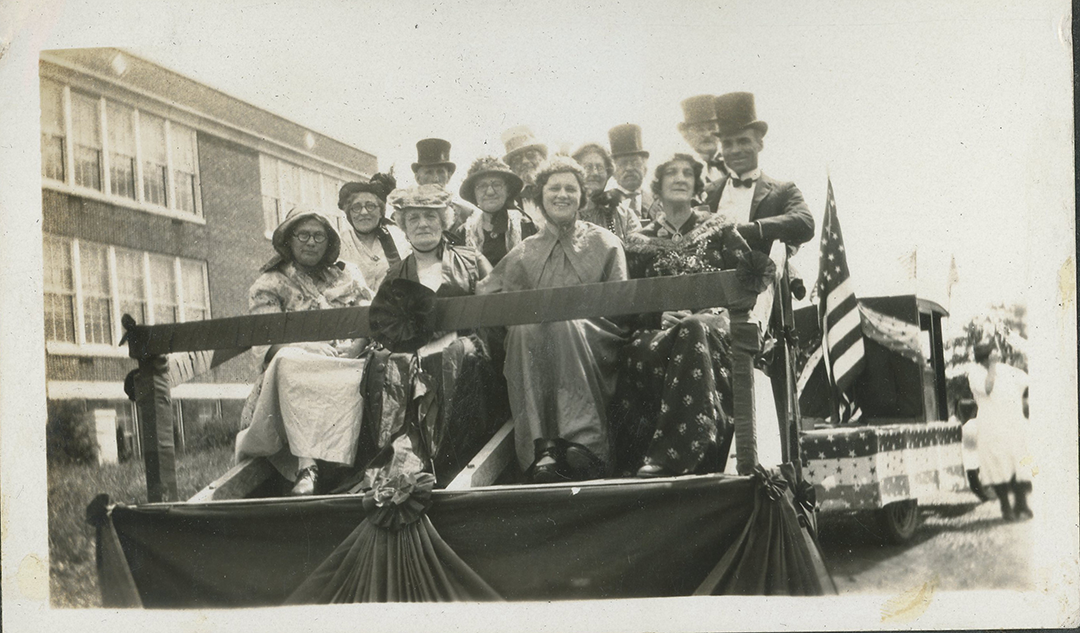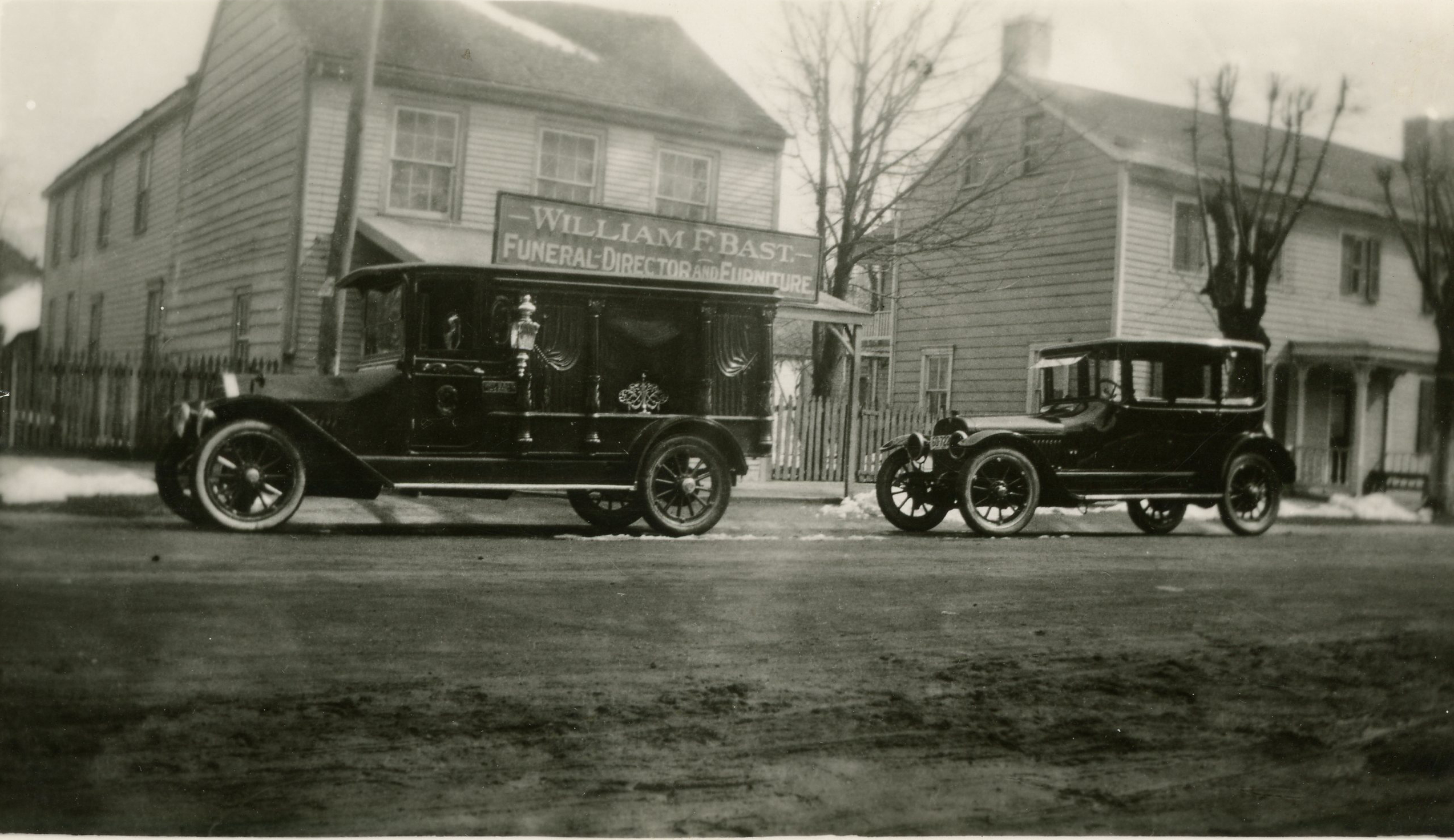

Amongst the many doctors who served the Civil War, there was only 1 female doctor and her name was Mary Walker.75% of amputees were able to survive after the operation.Doctors were also called “sawbones” because they became so good at amputating patients.Some Interesting Facts About Civil War Hospitals And what’s even worse is that the level of training they received we’re inferior compared to what we have now since they were not taught to practice proper handwashing, cleaning their instruments in-between surgeries, and were utterly unaware of how different diseases spread. Many of the physicians who served in the Civil War hospitals have little training since they were dispatched early in the frontlines even if some of them were not able to finish schooling or weren’t able to proceed to formal practice.

And performing surgery was very grueling for the patient since anesthesia was not available during this period that doctors have to inject patients with chloroform just to sedate patients before amputating. In terms of treatment, the doctors became proficient at amputating patients since this was the option for treating severe wounds at that time. Many soldiers died from infection due to the unavailability of antibiotics and horrid conditions inside the hospitals. Aside from that, the surgeon’s supplies were so scarce that it limited them to provide the best medical care possible while treating all patients. Surgeries in a Civil War hospital usually tool place on detached doors and dining tables due to the absence of a surgery table. Originally published in 1870, this work contains detailed statistical documentation of surgical and medical management during the Civil War and data about various medical facilities. In some instances, the sick or wounded soldiers have to line up outside since the hospice was overcrowded with both medical staff and patients inside. Data on the surgical capacity of US Civil War hospitals were collected from the 12-volume Medical and Surgical History of the Civil War (MSHCW). And as a result, these places that were meant for healing also became thriving places for diseases, which intensified the suffering of the patients who were supposed to be treated there. Moreover, Civil War hospitals quickly became dirty. And in some instances, churches, local buildings, and even nearby fields were converted into mobile hospitals once the Civil War army took over. But generally speaking, they were typically horrible places to settle in as these hospitals were usually set up in homes and barns near the front lines or battlefield.

OverviewĪ soldier’s experience in field hospitals depended on the location of the makeshift medical facility and the kind of rudimentary hospital they were brought in. So if you’re wondering what were the field hospitals like in the Civil War era, then we advise you to continue reading as we’re going to give you a glimpse of what’s everyday life like in these places in today’s entry. And though this period is considered as one of the historic moments in our country, it’s not really a pleasant time to live in since those who got sick or wounded in their line of duty would have to spend weeks, even months, recovering in the different mobile hospitals scattered throughout the country. During the American Civil War, there were at least six hundred thousand soldiers who died from grave wounds and sickness.


 0 kommentar(er)
0 kommentar(er)
